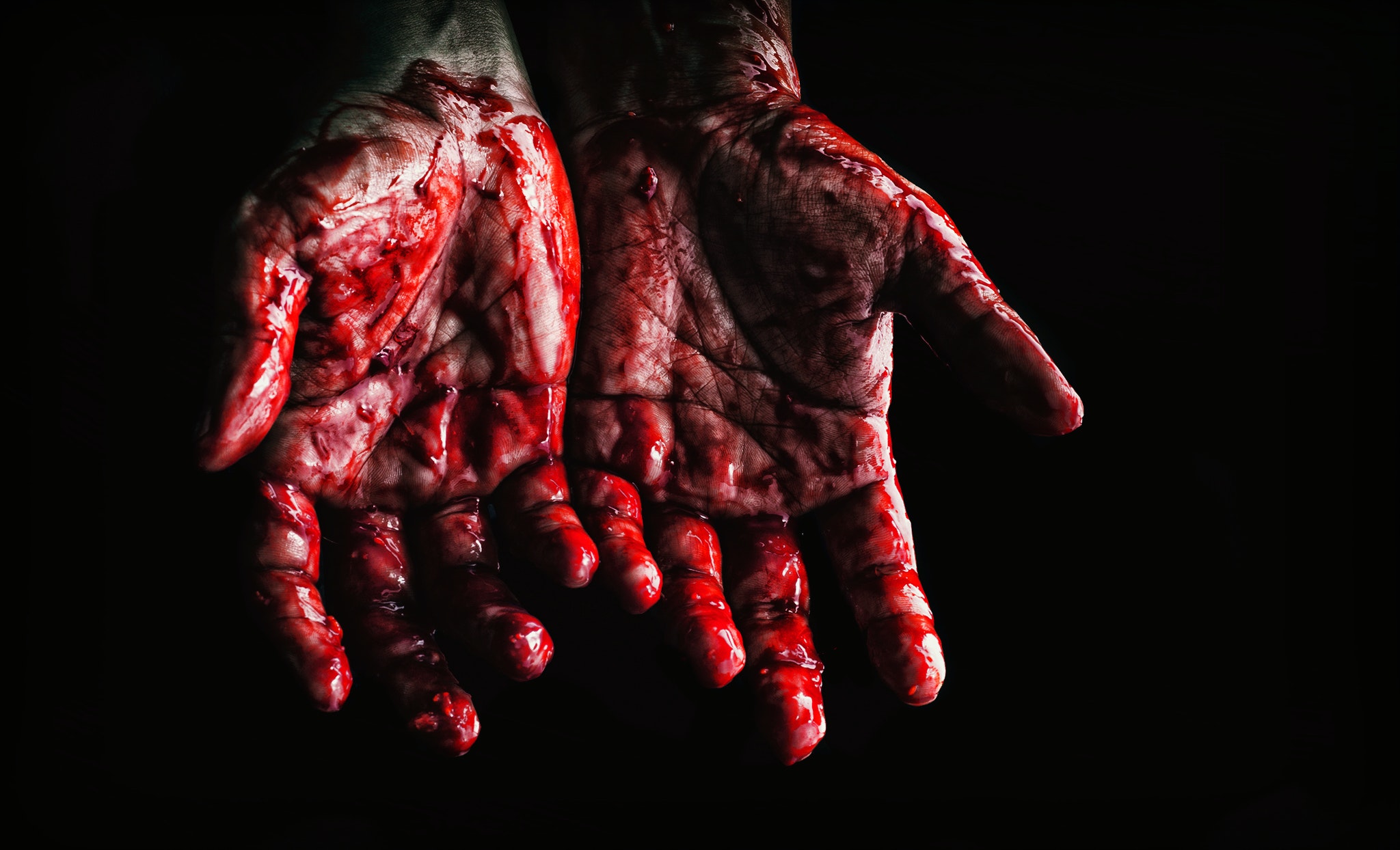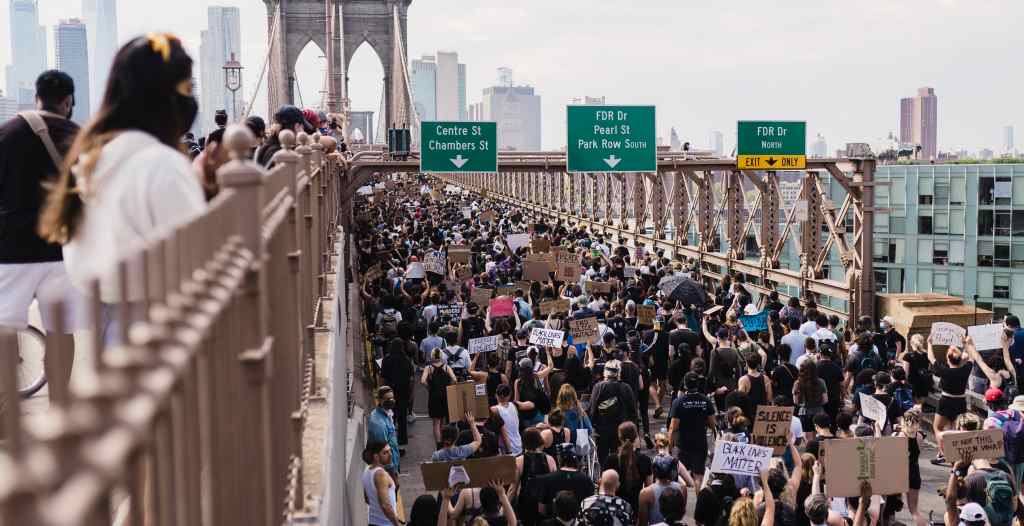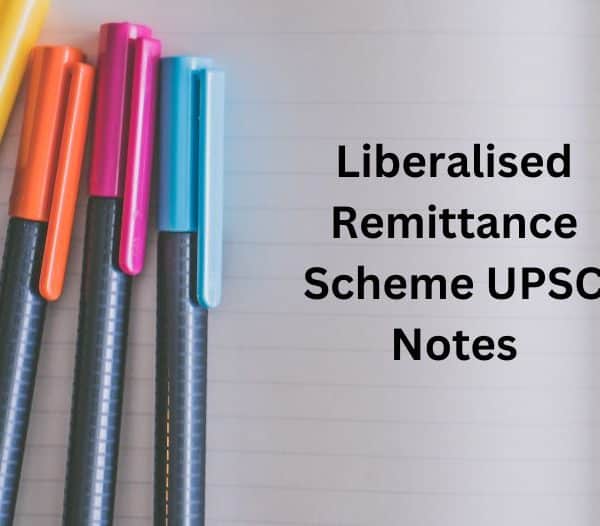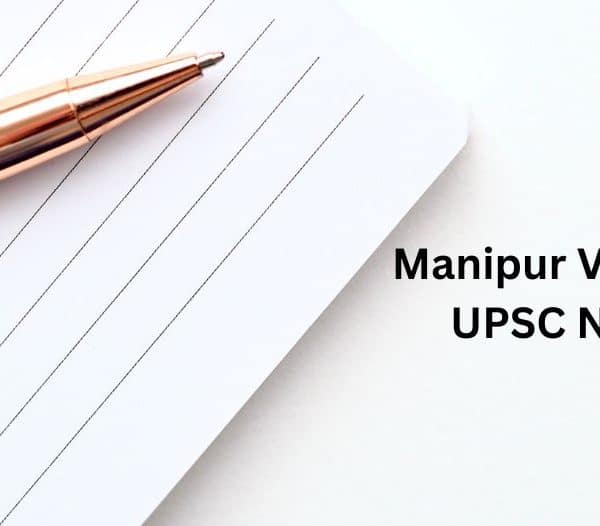Is your UPSC and IAS exam preparation going right? Recently, in 2018 Supreme court addressed the controversial issue of Mob Lynching by notifying guidelines. That is why this topic becomes important for UPSC mains. Read till the end to know all about it.
What is the Mob Lynching?
Before understanding the Mob Lynching Act in India. You should know, what is mob lynching?
Mob lynching is an extreme act by a group of violent people attacking another person which sometimes leads to the informal execution of a person. India has witnessed mob lynching since centuries. Most of the victims were Dalits and Women. Single Women were branded as witches and Dalits were ill-treated because of their cast. The recent cases of Dalits lynching were Jhajjar, Khairlanji, and Una.
The mob lynching statistics of India shows that India has not been very successful in handling mob violence issues.
Mob Lynching Cases In India
In India, most cases of mob lynching are mostly due to castism, religious differences, and political differences among people. Some illustration are as follows,
- West Bengal lynching case: On 26th June 2017, Durgapur. Two days before Eid, the cow vigilantes lynched three Mulism young men over the scepticism of cow theft.
- Akhlaq lynching case: On September 29, 2015. Mohammed Akhlaq was forcefully dragged out of his home and lynched till death by the people of his village. The villagers had suspicious claims that Akhlaq and his family had slaughtered a calf and eaten beef.
- Palghar lynching case: On 16 April 2020, two Hindu sadhus and their driver were lynched and killed by a group of villagers, who mistaken three passengers as thieves.
These instances give us insight into how severe it is to address this issue.
What is Mob Lynching Act in India?
- Mob lynching is a violation under Article 21 of the constitution of India as well as the Universal Declaration of Human Rights.
- There is no specific definition of mob lynching in IPC. Mob Lynching is considered an offence under Section 300 and 302 of IPC.
- The Supreme Court in 2018, quoted mob lynching as a “horrendous act of mobocracy”.
- The Anti-Communal Violence Bill was approved by the Supreme Court in 2018 considering the provisions of Manav Suraksha Kanoon (MASUKA). MASUKA is a law against mob lynching, which gave the legal definitions on Mob, Lynching, and Victim.
- Also, the Court ordered the Centre and State governments to frame laws and guidelines to deal with the compensation of victims, fast-track trials, and appropriate action against the wrongdoer.
Also Read: What is the New Agriculture Bill 2020? Check-out these Must-Know Facts about APMC
Supreme Court Guidelines for State Government

- The state government shall appoint a senior officer in each district for controlling lynching activities.
- The state government shall make provisions for the compensation of lynching victims and to ensure the safety of the victims family members.
- The state government shall identify such districts, subdivision, and villages which are vulnerable to mob lynching.
- The state and central government should make use of television, radio, and other social media sources to educate people about the legal consequences of participating in mob lynching.
Supreme Court Guidelines for Nodal Officers
- The responsible officers shall prepare various strategies to tackle lynching cases and bring in the attention of the District General of Police(DGP).
- It shall be the duty of every police officer to keep constant surveillance on the area where mob lynching incidents occur or have a tendency to undergo such incidents.
- If a responsible officer fails to do his/her duty, the same will be considered as an act of deliberate negligence for which an appropriate action must be taken against him/her.
- Prevent dissemination of extreme thoughts through social media which tends to give a push to mob lynching. An FIR shall be lodged under section 153A of IPC against the person responsible for such an act.
Initiatives from The State Governments
In pursuance of supreme court guidelines, some of the states implemented their state laws to curb mob lynching.
- The Manipur government in 2018 was the first state government to obey the Supreme Court orders and to come up with its Bill against Mob lynching. The Bill states that there would be authorized officers in each district to control such crimes.
- The Rajasthan government in August 2019 came with Bill against lynching and defined it as a serious violation of human rights.
- The West Bengal government took a step ahead and came up with a more rigid penalty against lynching. Punishment for lynching to death is the death penalty or life imprisonment.
Mob lynching Statistics In India :
- According to amnesty international, reports of alleged hate crimes have witnessed the exponential growth in numbers since 2016.
- In 2019, incidents of alleged hate crimes have been recorded by the website in the first six months of the year. Almost double than the previous three years’ half-yearly counts.
- According to the IndiaSpend, in India since 2012 there have been approximately 129 incidents of mob lynchings which resulted in 47 deaths.
- From 2010 -2017, 52% of the victims were Muslims. Out of 25 Indians who died over the eight years, 21 were Muslim. About 139 people were also injured in these attacks. Mostly these attacks were triggered due to rumors.
Conclusion
The main reason for this problem is the lack of education, lack of self-education, growing xenophobia and prejudice against certain castes and communities. Despite the guidelines issued by the supreme court majority of state governments have failed to enact stricter laws against mob lynching. To tackle this serious issue the state government shall coordinate with the central government to comply with the guidelines as directed by the supreme court.
Also Read : What is the MeToo Movement in India? Things to Know about Metoo for Current Affairs







Does mob lynching take place only in India?